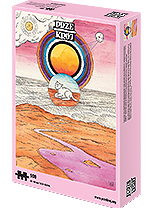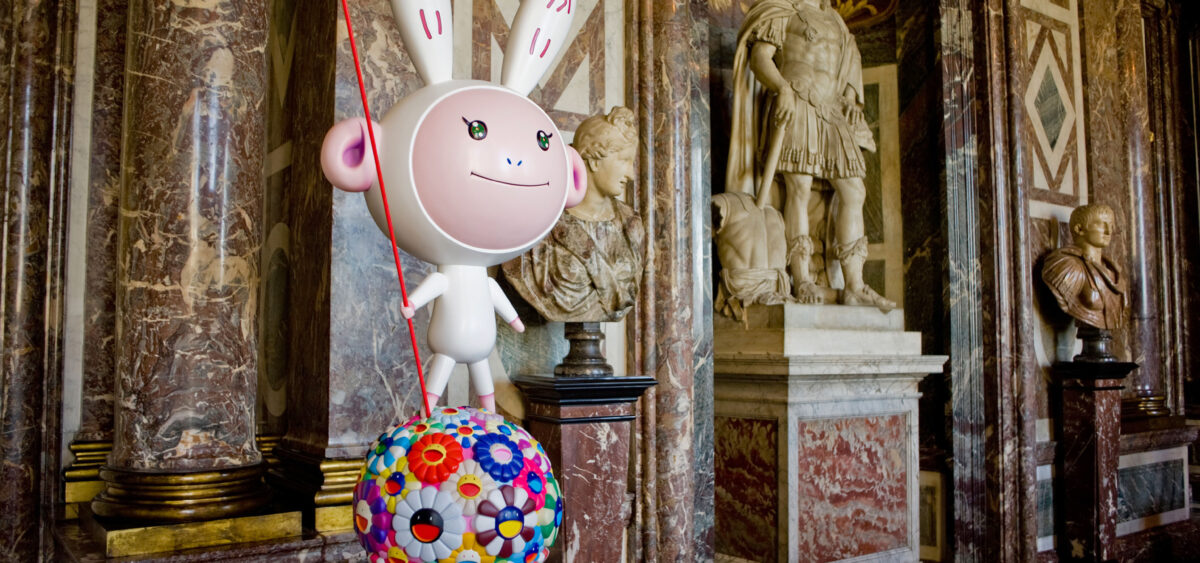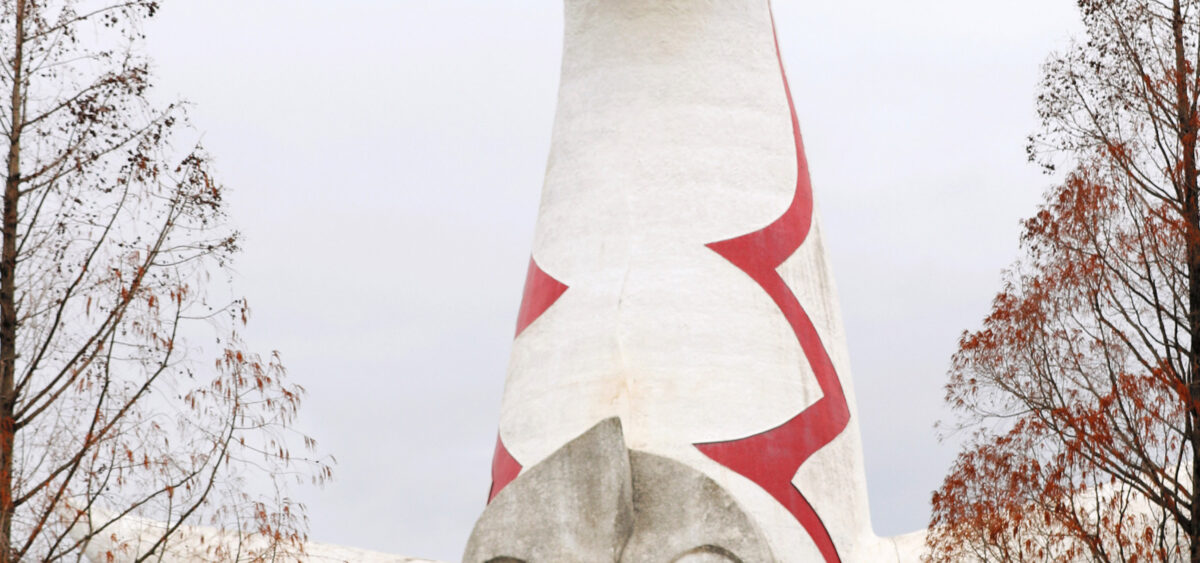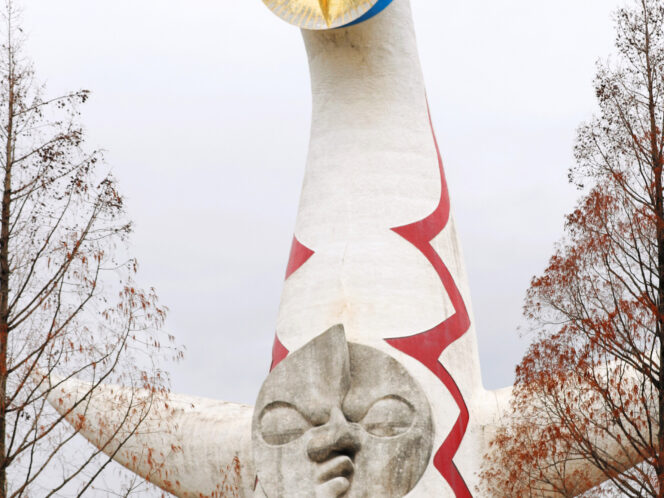
For years, the Japanese Superflat movement – one of the most fascinating artistic phenomena of the past decades – has been mocking the traditional (from our perspective!) Western distinction between high and low art. Stubborn like a delighted child, it keeps evading all the familiar, tamed forms.
At the beginning of the third millennium, the Cool Japan trend was in full bloom. Its crowning jewel turned out to be a new direction in Japanese art. Its main creator, Takashi Murakami, called it Superflat.
Takashi Murakami’s name has become almost synonymous with Japanese modern art. The extremely smooth and glossy surfaces of his paintings and sculptures daze with a riot of neon hues, while the characters he creates seem to breathe colour. It’s a psychedelic world straight out of manga and anime – on steroids. One would be hard-pressed to find a more Japanese phenomenon that enjoys global recognition on a similar scale.
It all gained pace with the collective exhibition Superflat, assembled by Murakami in 2000, first presented at Parco Gallery in Nagoya and Tokyo. In January 2001, Murakami brought Superflat to the MOCA Pacific Design Center in Los Angeles, and after that, to Minneapolis and Seattle. Over 100,000 people saw the exhibition in Los Angeles alone.
Naturally, Murakami’s works were the tone-setting pieces in the exhibition. From the very beginning, the artist was determined to present Superflat as an artistic direction, taking a route similar to that chosen by the creators of various avant-garde ‘isms’. As the exhibition curator, Murakami invited many artists he discovered himself to take part in his project. As a result, it included video works by Koji Morimoto, as well as pieces made by fashion designers from the 20471120 Collective. Another artist Murakami got to agree to participate was Yoshitomo Nara, known for his paintings featuring images of children with disproportionally large heads.
Cool Japan
The new Japanese art was ex








